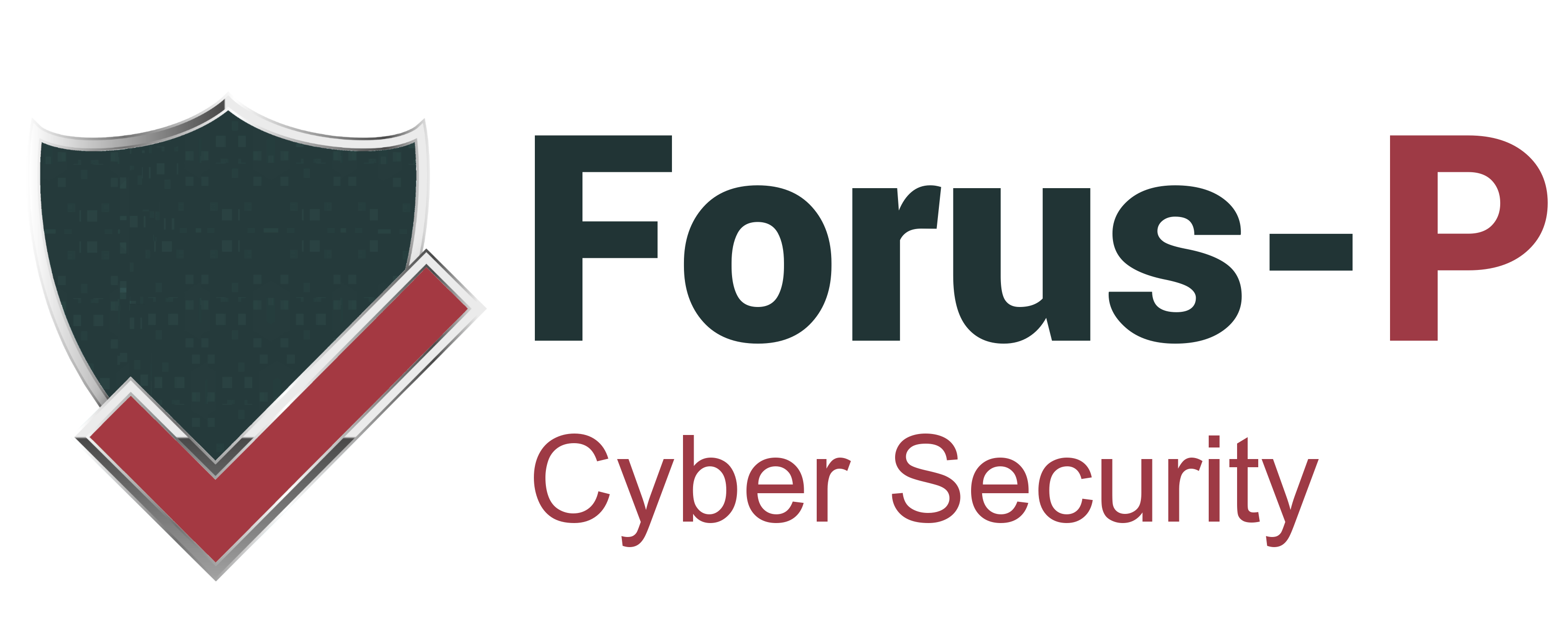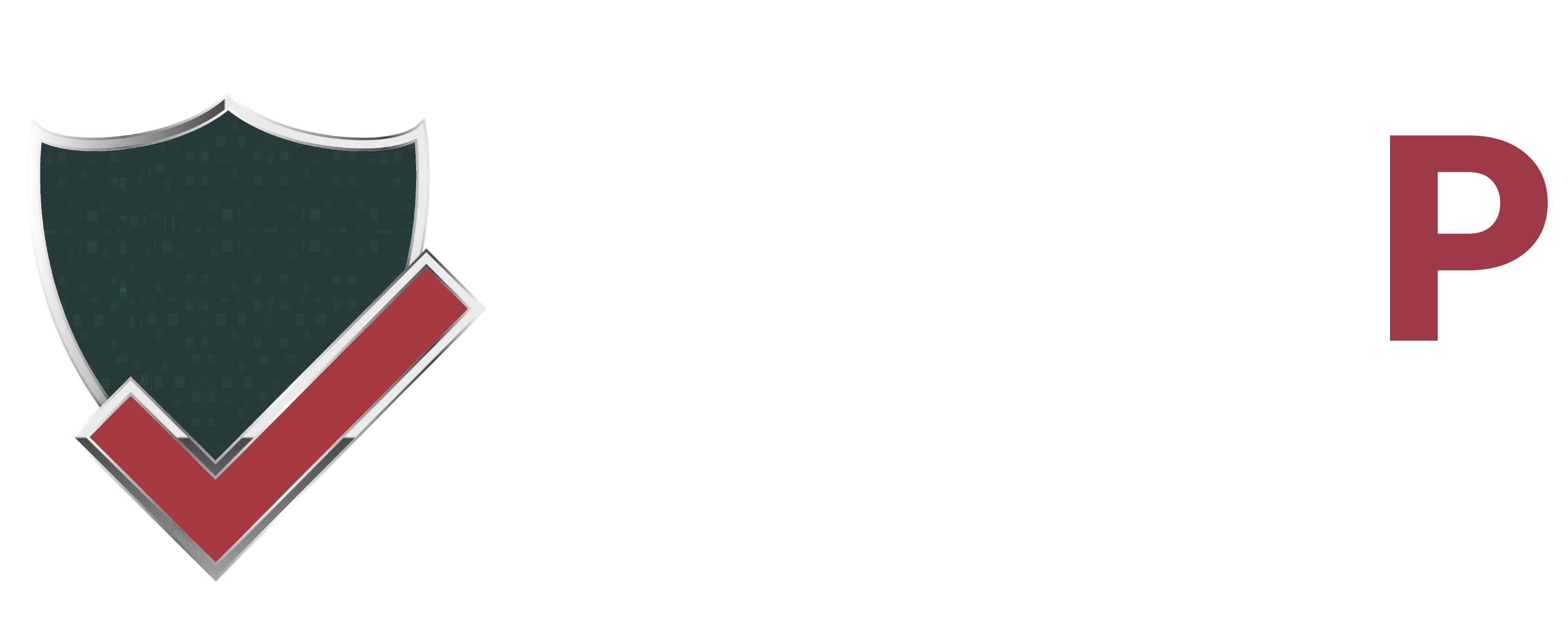Blog
Recent Posts
Cyber Spring Clean: Refresh Your Business’s Digital Security
Spring isn’t just for cleaning your home—it’s also a great time to refresh your business’s digital security. A cyber spring clean is all about making sure your systems, data, and employees are secure from cyber threats. By taking some time to tidy up your digital environment, you can protect your company from potential risks and set up stronger defences for the future.
At Forus-P, we know how important it is to keep your business safe online. Here’s how you can perform a Cyber Spring Clean to ensure your digital security is in top shape.
1. Update Your Software and Systems
Old software can have security holes that hackers might exploit. Updating your systems and apps is one of the easiest ways to keep your business secure. Be sure to:
- Update operating systems (like Windows, macOS, or Linux).
- Update apps (like email, productivity tools, and accounting software).
- Update hardware (routers, printers, and IoT devices).
Tip: Set your updates to happen automatically, so you don’t have to worry about forgetting.
2. Review Your Passwords
Strong passwords are one of the simplest ways to protect your business. If employees are using weak passwords or the same password across multiple sites, it’s time to change that. Here’s what to do:
- Ensure everyone in your company has unique passwords for each account.
- Use a password manager to store and generate strong passwords.
- Make sure two-factor authentication or multi-factor authentication (2FA/MFA) is set up on important accounts (like email and cloud services).
These steps will make it much harder for hackers to access your business accounts.
3. Clean Up Old Accounts and User Access
Over time, businesses create lots of accounts—some of which aren’t needed anymore. These old accounts can be a security risk. To reduce that risk, do the following:
- Delete or disable accounts that are no longer used.
- Review who has access to important systems and make sure they still need it.
- Regularly audit who can access what in your company’s systems.
By cleaning up old accounts and limiting access, you reduce the chances of unauthorised users getting into your systems.
4. Backup Your Data
Backups are crucial to keeping your business running smoothly. If your systems are attacked or something goes wrong, having backups can save you from losing valuable data. Here’s how to do it:
- Backup important files regularly.
- Store backups in more than one place—like a cloud backup and an external hard drive.
- Test your backups occasionally to make sure you can restore data quickly if needed.
This way, you’ll be prepared in case of an emergency, whether it’s from a cyberattack or hardware failure.
5. Check For Weak Spots in Online Systems
Even if you think your systems are secure, it’s always a good idea to double-check. Running regular vulnerability scans helps you find any weak spots in your online systems before hackers do. You can also run a penetration test, where an ethical hacker simulates a cyberattack to see how your systems would hold up. These checks help you find areas to improve and make your business even more secure.
6. Review Privacy and Compliance Policies
Businesses today are responsible for protecting customer data, and failing to do so can lead to legal issues. A good cyber spring clean means:
- Updating privacy policies to ensure they comply with data protection laws (like GDPR or CCPA).
- Checking that you’re only collecting the data you need and that it’s well-protected.
- Making sure your team knows how to handle sensitive data securely.
This will help you stay compliant with privacy laws and protect your reputation with clients.
7. Train Your Team on Cybersecurity
One of the biggest threats to business security is human error. Hackers often trick employees into giving out information through phishing emails or fake websites. It’s important to educate your team on these threats and make sure they know how to spot them. Training your team keeps everyone on the same page and makes it harder for cybercriminals to get through. Often, your employees are your first line of defence.
8. Consider a Security Audit
It’s a good idea to review your company’s entire security setup once in a while. A security audit looks at everything—your network, software, and policies—to identify weak spots and areas for improvement. This will give you a clear picture of where you stand and what needs to be fixed.
Conclusion: Take Action Now for a Safer Business
Spring is the perfect time to refresh and strengthen your business’s digital security. By performing a cyber spring clean, you can identify vulnerabilities, update your systems, and ensure that your team is ready to handle potential cyber threats.
Cybersecurity is an ongoing process, and staying proactive helps protect your business from costly attacks and data breaches. By following the steps outlined in this guide, you can create a safer, more secure environment for both your company and your customers.
If you need support with vulnerability scans, penetration testing, or cyber awareness training, Forus-P is here to help.
How can Forus-P Help?
At Forus-P, we specialise in providing top-tier cybersecurity solutions tailored to your unique needs. Our team is dedicated to protecting your systems, ensuring your data stays secure, and helping you navigate the ever-evolving digital landscape. Let us help you enhance your cybersecurity with innovative, reliable solutions.


